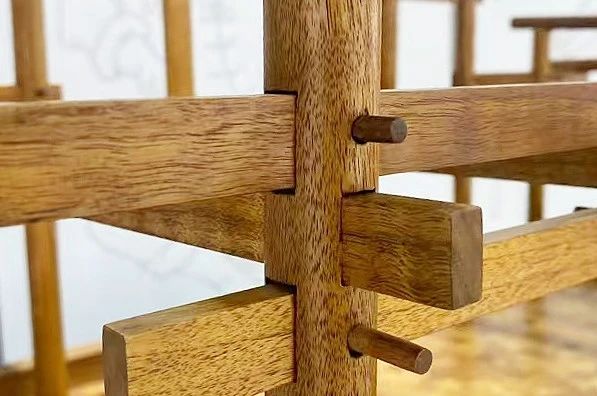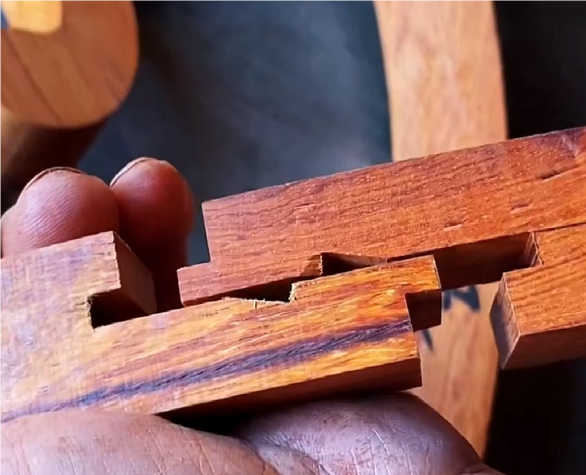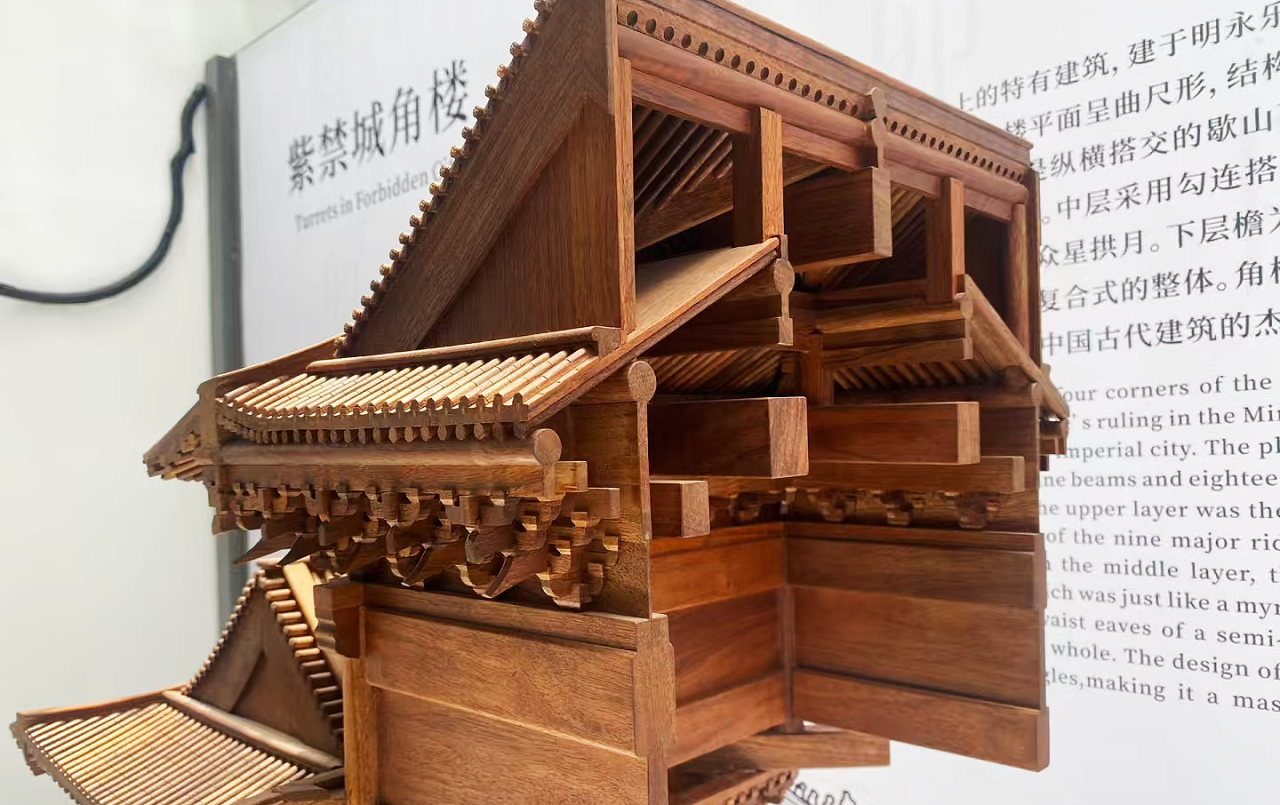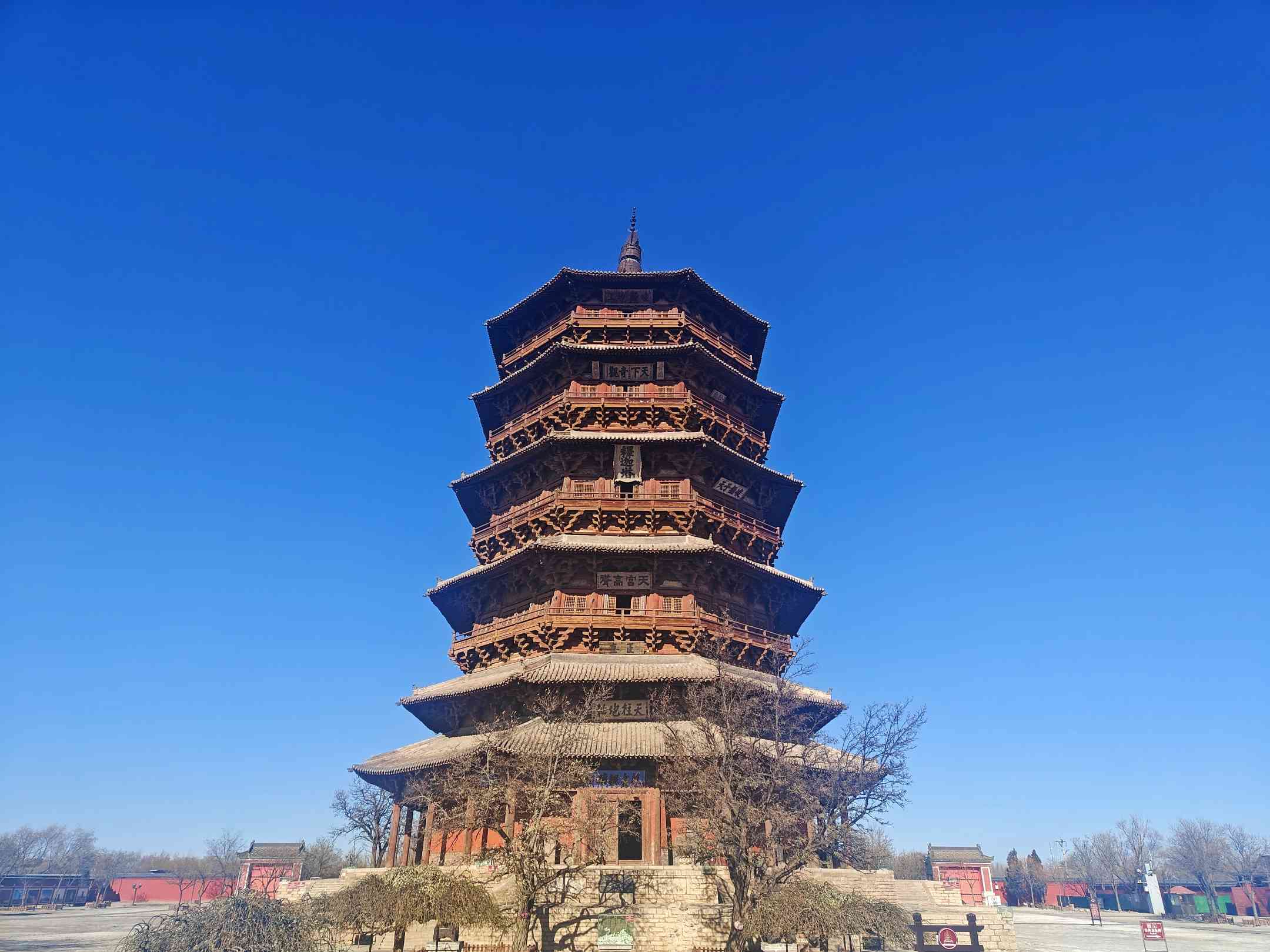When exploring ancient architecture in

The most prevalent structural method found in ancient wooden architecture in China is the mortise and tenon joint (榫卯, sǔn mǎo), extensively applied in buildings, pagodas, furniture, and various other wooden components. This technique connects different parts through interlocking convex and concave sections, where the protruding section is called tenon (榫, sǔn), and the corresponding recess is known as mortise (卯, mǎo).

Archaeological findings from the Hemudu culture site in the 1970s, dating back approximately 7,000 years and situated in the lower reaches of the Yangtze River, reveal the earliest examples of mortise and tenon usage. Of course, this structural technique is not unique to
The application of the mortise and tenon structure is extremely extensive, encompassing connections between surfaces, points, and the combinations of components. Through the intricate interlock of convex and concave elements, it forms an inseparable and remarkably stable wooden structure.
Beyond its robustness, the ancient Chinese also applied mechanical principles in the mortise and tenon buildings, adapting their practices based on local conditions. Coupled with the inherent rigidity, load-bearing capacity, and energy-absorbing properties of wood, traditional Chinese wooden constructions exhibit a certain degree of seismic resistance. The continuous refinement of design and integration of various carving techniques further enhance the aesthetic and artistic appeal of these traditional joints.

British craftsmen once experimented with the mortise and tenon joints used in the Forbidden City. Under a seismic intensity of 7.5, while the walls collapsed, the Chinese mortise and tenon structures stood firm.
The Yingxian Wooden Pagoda, recognized as one of the world’s three greatest wooden towers, stands at a height of 67.31 meters, making it the oldest and tallest purely wooden structure. Constructed during the Liao Dynasty, it has withstood numerous earthquakes and wartime devastation, remaining upright to this day. It is considered the pinnacle of wooden architecture utilizing the mortise and tenon technique and is often dubbed the “Museum of Dougong.” The entire tower is constructed solely of wood without a single nail. In addition to the Yingxian Wooden Pagoda, many other ancient buildings in 



